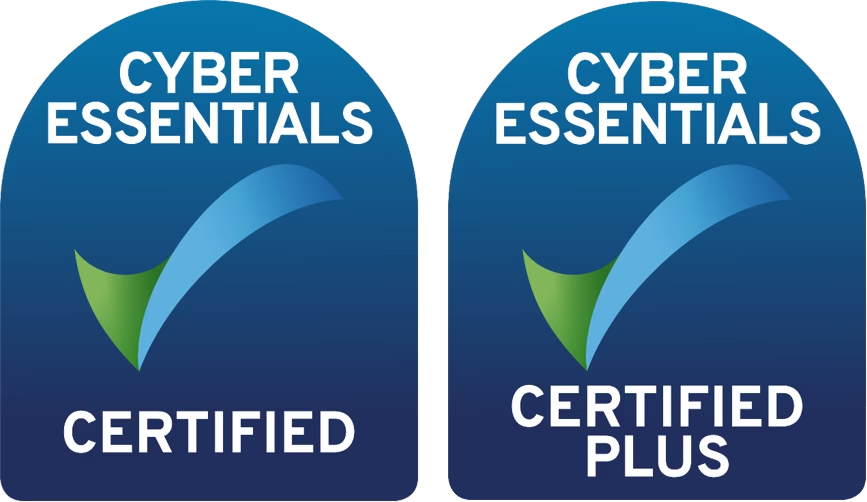The Hidden Danger in Your Office: HDMI Cable Vulnerabilities
In a startling revelation, cybersecurity experts have uncovered a new threat that could compromise your digital security through an unexpected source: your HDMI cables.
Don’t be caught off guard. It’s crucial to stay informed about these emerging threats and take proactive measures to safeguard your digital presence. Remember, in the ever-evolving landscape of cybersecurity, vigilance is your strongest defence.
Understanding the HDMI Exploit: How Hackers Access Your Sensitive Data
Hackers have discovered vulnerabilities in the HDMI protocol that allow them to access sensitive data through seemingly innocuous video connections.
When you connect your device to an external display via HDMI, you’re not just transmitting video signals. The HDMI protocol allows for bidirectional data transfer, which cybercriminals can exploit to siphon off personal information. They can potentially access passwords, financial details, and other confidential data stored on your device.
The weakness in the HDMI protocol lies in its lack of robust encryption for data transfer. This oversight allows skilled hackers to intercept and decode the information being transmitted. It’s crucial to understand that this exploit isn’t limited to public spaces; even your home network could be at risk if not properly secured.
To protect yourself, always ensure you’re connecting to trusted displays and networks. Consider using HDMI cables with additional security features, and keep your devices’ firmware up-to-date. Remember, awareness is your first line of defence against this sophisticated form of cyber attack.
Real-World Examples: Recent HDMI Hacking Incidents That Will Make You Think Twice
Researchers have developed AI models that can exploit signals leaking from HDMI cables to snoop on computer screens. Here are some real examples of how this works:
Signal Interception
Researchers discovered that electromagnetic radiation leaks from HDMI cables can be intercepted using antennas. These antennas can be placed outside a building to capture the signals.
AI Model Development
An AI model was trained to reconstruct digital signals from the intercepted electromagnetic emissions. This model can decode the signals and recreate the images and text displayed on the screen.
Long-Range Attacks
The AI model enables long-range attacks, meaning that hackers can potentially snoop on screens from several meters away. This can be done by placing antennas covertly within proximity of the target’s HDMI cables.
Potential Risks
Such attacks pose significant risks to personal privacy and organizational security. Hackers could intercept sensitive information like encrypted messages, banking log-ins, and other personal data.
To prevent HDMI hacking and protect against AI snooping on computer screens, businesses in the UK can implement several measures.
Use Shielded HDMI Cables
Invest in high-quality, shielded HDMI cables that reduce electromagnetic leakage. These cables are designed to minimize the risk of signal interception.
Physical Security
Ensure that sensitive areas where HDMI cables are used are physically secure. Limit access to these areas to authorized personnel only.
Electromagnetic Shielding
Implement electromagnetic shielding in rooms where sensitive data is displayed. This can include using shielded enclosures or Faraday cages to block electromagnetic emissions.
Regular Audits and Monitoring
Conduct regular security audits to identify potential vulnerabilities. Use monitoring tools to detect unusual activities that might indicate an interception attempt.
Employee Training
Educate employees about the risks of electromagnetic leakage and the importance of securing HDMI cables. Awareness can help prevent accidental exposure.
Use Encrypted HDMI Signals
Where possible, use HDMI cables and devices that support encryption. This adds an extra layer of security by making intercepted signals harder to decode.
Implement TEMPEST Standards
Follow TEMPEST standards, which are guidelines for reducing electromagnetic emissions from electronic equipment. These standards are used by government and military organizations to protect sensitive information.
By taking these steps, businesses can significantly reduce the risk of HDMI hacking and protect their sensitive information from being intercepted.
Safeguarding Your Business from HDMI Vulnerabilities
At Speedster IT , we’re acutely aware of the ever-evolving landscape of cyber threats. HDMI connections in office environments are a serious problem for nearly every office in the UK.
Follow our tips above and get your business secured. Adopt the use of SHIELDED & ENCRYPTED HDMI cables
Cited : arXiv:2407.09717 [cs.CR]
With over 15 years at Speedster IT, I’ve built a career around helping businesses navigate the evolving world of technology. I publish all the content for the IT Support London Blog and Cyber Security Blog, where I share practical insights on infrastructure upgrades, cybersecurity trends, and smart IT strategies for growing companies.
